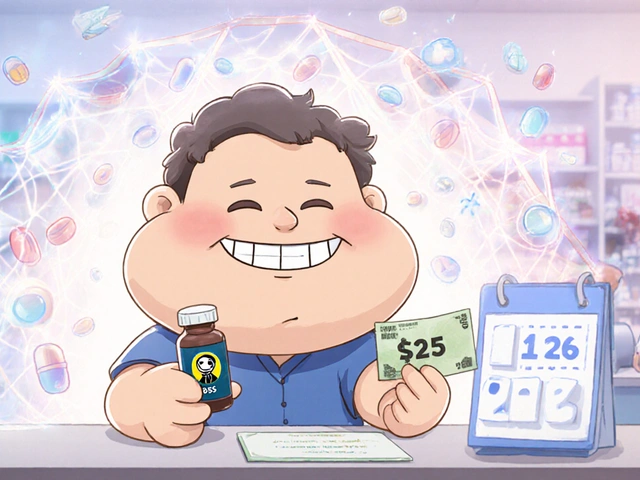Alopecia – Understanding Hair Loss and How to Manage It
When dealing with alopecia, a condition marked by partial or complete hair loss on the scalp or elsewhere on the body, also known as hair loss, it's crucial to recognize the different forms it can take. Androgenetic alopecia, the most common pattern hair loss affecting both men and women and Alopecia areata, an autoimmune disorder that causes sudden, round patches of hair loss are the two most frequently discussed subtypes. Knowing which type you have sets the stage for the right treatment plan.
What Triggers Hair Loss? The Usual Suspects and Some Surprises
Hair follicles respond to a mix of genetic, hormonal, and environmental cues. Genetics play a big role in androgenetic alopecia — if close relatives experienced early thinning, you might see the same pattern. Hormonal shifts, especially excess dihydrotestosterone (DHT), shrink follicles and shorten the growth cycle. Stress, whether physical or emotional, can push many people into telogen effluvium, a temporary shedding phase that resolves once the trigger subsides. Nutritional gaps, like low iron or vitamin D, also sabotage hair production. Thyroid imbalances, autoimmune activity, and certain medications can further complicate the picture. In short, alopecia often reflects an interplay of internal and external factors, and pinpointing the cause is the first step toward recovery.
Diagnosing the right kind of alopecia typically requires a visit to a dermatologist or a trichologist, professionals who specialize in scalp health. They may perform a pull test, examine the hair shaft under a microscope, or order blood work to rule out deficiencies or hormonal issues. This clinical insight is essential because the effectiveness of any therapy hinges on matching the treatment to the underlying mechanism. For instance, a patient with alopecia areata will benefit from immune‑modulating approaches, while someone with androgenetic alopecia needs strategies that block DHT or stimulate follicle activity.
Treatment options have expanded dramatically in recent years, offering hope for many who thought hair loss was permanent. Topical minoxidil, a vasodilator, boosts blood flow to the follicles and extends the growth phase; it’s one of the few over‑the‑counter drugs backed by solid data. Oral finasteride, a prescription pill, inhibits the conversion of testosterone to DHT, directly tackling the hormonal driver of androgenetic alopecia. Low‑level laser therapy (LLLT) devices claim to energize dormant follicles using specific light wavelengths, and a growing body of research supports their modest benefits. For extensive loss, surgical hair transplantation moves healthy follicles from a donor area to bald zones, delivering a permanent, natural‑looking cure. Complementary approaches—like iron supplementation for iron‑deficiency anemia or omega‑3 fatty acids for inflammation—can enhance results when combined with medical therapies.
Beyond drugs and procedures, daily habits matter. Gentle shampoos, avoiding tight hairstyles that cause traction, and protecting the scalp from harsh UV exposure all help preserve existing hair. A balanced diet rich in protein, biotin, zinc, and antioxidants fuels follicle health. Stress‑management techniques—mindfulness, regular exercise, adequate sleep—reduce the hormonal spikes that can trigger shedding. By weaving together lifestyle tweaks, clinical treatments, and professional guidance, most people can see noticeable regrowth or at least halt further loss.
Below you’ll find a curated collection of articles that dive deeper into each of these areas. From detailed comparisons of popular medications to practical tips for managing side‑effects, the posts are designed to give you actionable information tailored to the specific type of alopecia you’re facing. Explore the resources and start building a personalized plan that puts you back in control of your hair health.
Choosing the Best Hair Loss Supplements for Alopecia

A practical guide to picking effective hair loss supplements for alopecia, covering key ingredients, quality checks, comparisons, safety tips, and when to see a doctor.
read more



